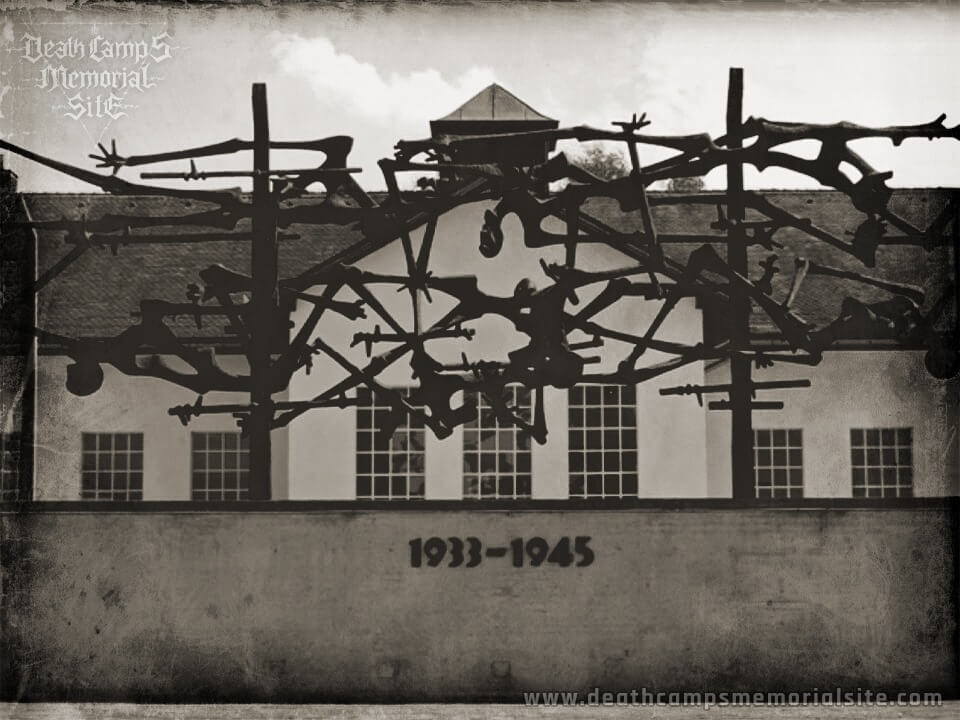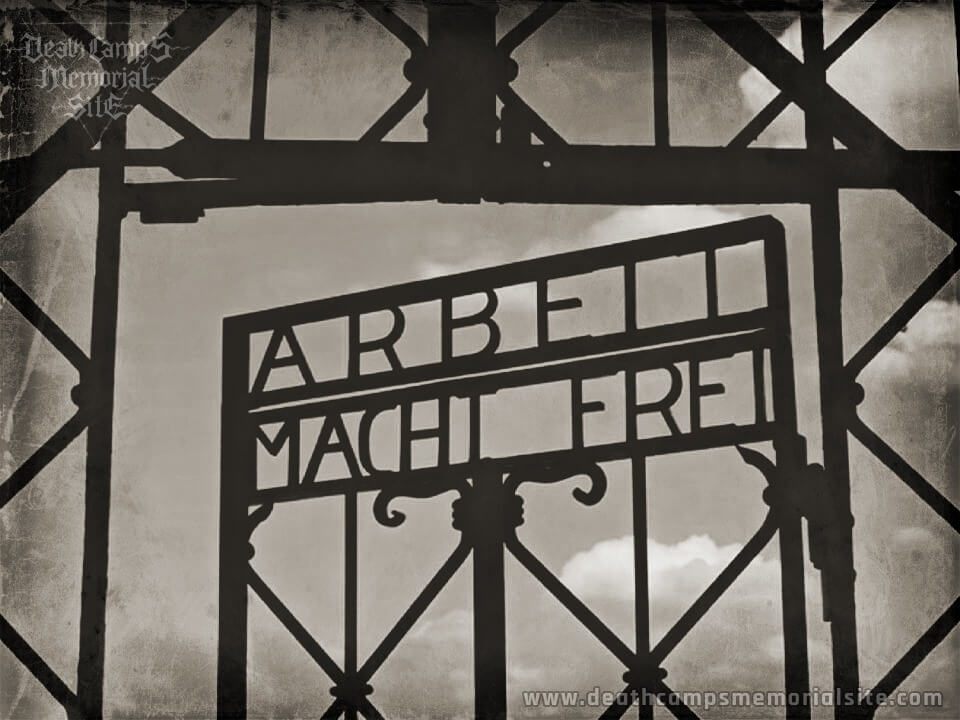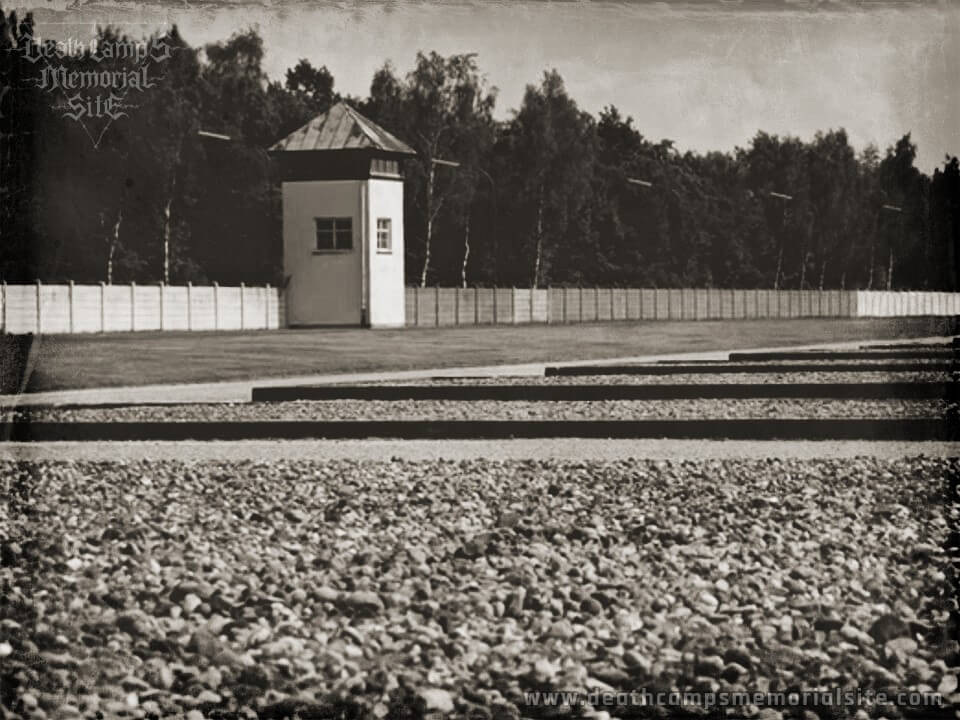KL Dachau - the first transport of prisoners

Less than 3 months after Adolf Hitler assumed the post of chancellor of Germany, on the orders of Heinrich Himmler, 30 km northwest of Munich, the first concentration camp of the Nazi regime was established in the town of Dachau.
Konzentrationslager Dachau was intended for "political prisoners" such as communists, political opponents of the Nazis. Later, Jehovah's Witnesses, homosexuals, priests and Jews, Roma and Sinti, who were persecuted by the Nazis, and then deprived of their civil rights in 1935 by the Nuremberg Laws, also ended up here.
The Dachau Concentration Camp, like the other concentration camps established by the Germans in 1933-1945, was a site of slave labor, medical experiments, and a site of mass executions. Terror, living conditions in the camp, hunger, and disease epidemics were also the causes of many deaths among the inmates.
Dachau was the first camp of this type. Later camps were created based on its model, and many of the later commanders and high-ranking SS officers and guards of the later camps began their careers in Dachau. The camp operated for over 12 years, until April 29, 1945, when it was liberated by American troops. In the last months of its operation, it also became a destination for prisoners evacuated from other concentration camps.
According to the preserved documentation and research carried out after the end of the war, it is estimated that about 200,000 prisoners passed through the camp (some sources say as many as 250,000) of various nationalities. About 41,500 prisoners were killed. The exact number of inmates and victims cannot be determined. The Dachau concentration camp, depending on the classification, had 143 sub-camps, including external commandos.
photos: Paweł Krupiński - Death Camps Memorial Site. It is forbidden to copy photos without the consent of the author. If you need some photos, please write - Contact

